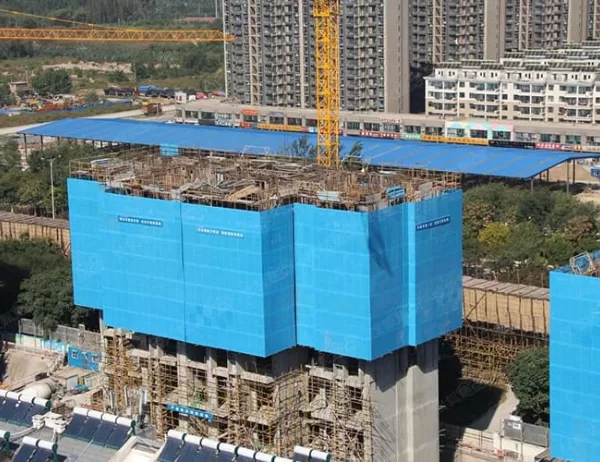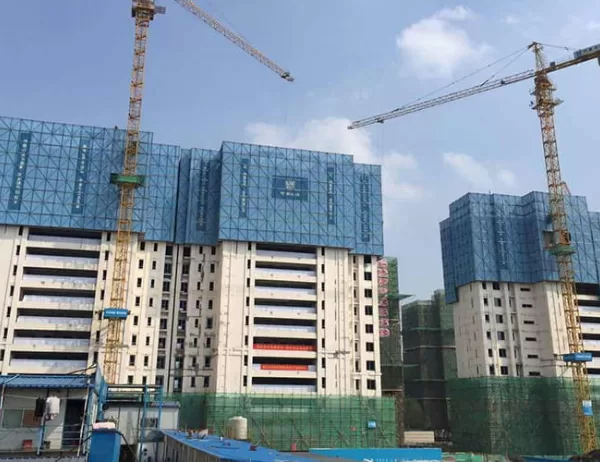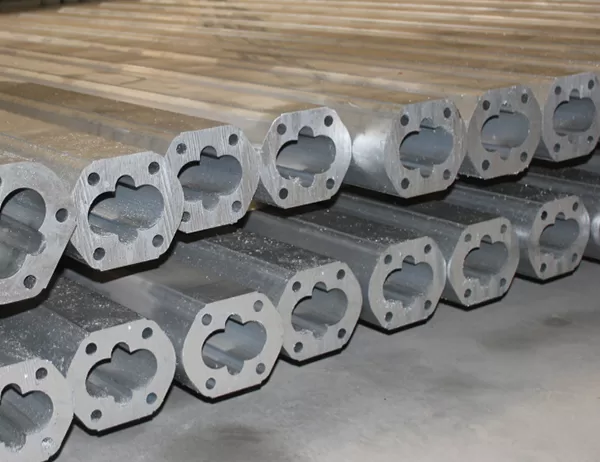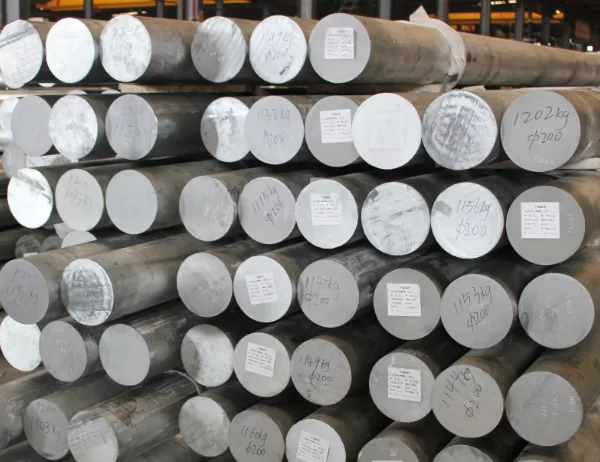When it comes to construction projects, selecting the right materials is crucial for ensuring longevity, durability, and safety. Aluminium tubes are a popular choice for various applications, and understanding their characteristics is essential for making an informed decision. This article provides a comprehensive guide on selecting the right 15mm aluminium tube for your specific construction needs.
Tube Size and Dimensions
Accurately determining the project’s requirements is paramount. Measure the required length, outer diameter, and thickness of the tube to ensure a precise fit. Consider potential tolerances and allowances for expansion or contraction due to temperature fluctuations.
Material Grade and Temper
Aluminium alloys are available in various grades, each with unique properties. 15mm tubes are commonly made from alloy series 6000 or 7000. Select the appropriate grade based on its strength, corrosion resistance, and weldability requirements. The temper, which indicates the metal’s hardness and strength, should also be considered.
Wall Thickness and Strength
The wall thickness of the tube directly affects its strength and weight. Thicker tubes offer greater load-bearing capacity but are also heavier and more expensive. Determine the optimal wall thickness based on the expected loads and project specifications.
Surface Finish and Treatment
Aluminium tubes can have various surface finishes, including anodized, painted, or powder-coated. These treatments enhance the tube’s aesthetics, corrosion resistance, and durability. Choose the finish that best suits your project’s requirements and expected environmental conditions.
Joining and Fabrication Methods
Consider the intended joining methods, such as welding, soldering, or mechanical fittings. Ensure that the tube’s material and temper are compatible with the chosen joining technique. Fabrication requirements, such as bending or cutting, should also be taken into account.
Material Testing
Before using the tubes, it’s advisable to conduct material testing to verify their properties. Tensile, yield, and elongation tests can confirm the tube’s strength and ductility. Corrosion testing can assess its resistance to environmental factors.
Quality Standards and Certifications
Check if the tubes meet industry standards and certifications, such as ASTM or DIN. These standards ensure that the tubes comply with specified criteria and have undergone rigorous quality control processes.
Supplier Reputation and Experience
Choose a reliable supplier with a proven track record and expertise in aluminium tubes. Inquire about their manufacturing capabilities, quality control measures, and customer support.
Selecting the right 15mm aluminium tube for your construction needs involves careful consideration of various factors, including size, material, strength, surface finish, joining methods, testing, quality assurance, and supplier reputation. By following the guidelines outlined in this article, you can make an informed decision that will ensure the success and longevity of your construction project.




